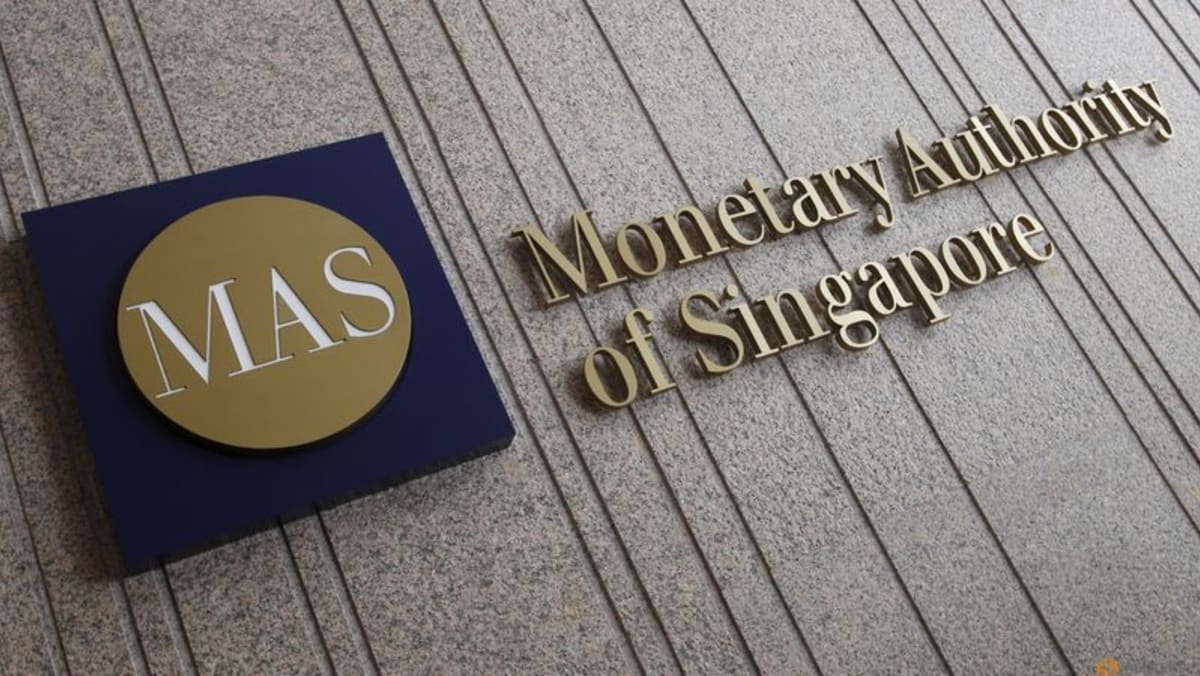INFLATION OUTLOOK
MAS lowered its overall inflation expectations for the year to an average of 2 to 3 per cent in July.
In its latest forecast, the central bank said headline inflation is likely to come in at around 2.5 per cent this year, compared with 4.8 per cent last year, and is expected to ease further to 1.5 to 2.5 per cent in 2025.
Accommodation inflation should slow as leasing demand falls, partly offsetting an anticipated pick-up in private transport inflation amid still-firm car purchases, it said.
Core inflation is also expected to average around the mid-point of the forecast range of 1.5 to 2.5 per cent in 2025, amid moderate underlying cost pressures.
Imported costs are forecast to be broadly stable next year, reflecting an anticipated unwinding of oil production cuts and favourable weather conditions for food supply, said MAS.
Labour costs in Singapore are projected to rise more gradually, alongside moderating nominal wage growth as well as a recovery in productivity.
The risks to Singapore’s inflation outlook are “more balanced” compared to three months ago, MAS said.
“If there is stronger-than-anticipated demand for labour due to upsides in GDP growth, it may take longer for unit labour cost growth to moderate and consequently for services price inflation to normalise,” it said.
An intensification of geopolitical tensions and commodity price shocks could add to imported costs.
However, a significant downturn in the global economy would induce an abrupt easing in cost and price pressures, causing domestic inflation to come in materially lower than expected, said the central bank.
STRONGER-THAN-EXPECTED GROWTH
Based on advance estimates, the Singapore economy grew 4.1 per cent on a year-on-year basis in the third quarter, extending the 2.9 per cent growth in the previous quarter.
Growth momentum was stronger than expected, and was largely underpinned by a step-up in manufacturing output – particularly in the electronics industry – and activity also picked up in the modern services cluster, said the central bank.
“For the rest of 2024, Singapore’s growth should be sustained by the ongoing upswing in the electronics and trade cycles as well as the easing in global financial conditions,” it said.
It said it expects GDP growth to come in around the upper end of the 2 to 3 per cent forecast range for the year as a whole.
However, MAS pointed out “significant uncertainty” around the economic outlook next year.
“A sharp escalation in geopolitical and trade conflicts could exert sizeable drags on global and domestic investment and trade,” it said.
There is also uncertainty around the pace and impact of global macroeconomic policy easing, and with it, the durability of the electronics upturn.
